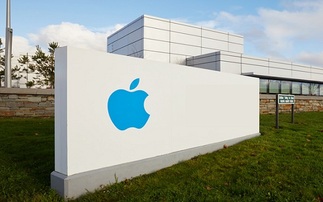Tranche puts DataStax second only to MongoDB in league of best-funded NoSQL firms
DataStax, the commercial distributor of the Apache Cassandra NoSQL database, announced a $106m (£64m) funding round today, led by US venture capitalist firm Kleiner, Perkins, Caufield & Byers (KPCB...
To continue reading this article...
Join Computing
- Unlimited access to real-time news, analysis and opinion from the technology industry
- Receive important and breaking news in our daily newsletter
- Be the first to hear about our events and awards programmes
- Join live member only interviews with IT leaders at the ‘IT Lounge’; your chance to ask your burning tech questions and have them answered
- Access to the Computing Delta hub providing market intelligence and research
- Receive our members-only newsletter with exclusive opinion pieces from senior IT Leaders






















